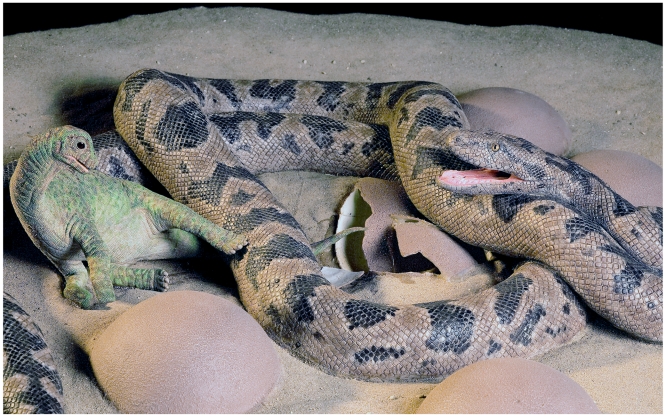Figure 1. A Cretaceous snake feeding on hatchling sauropod dinosaurs.
A 3–5-meter-long madtsoiid snake, Sanajeh indicus, waits to feed on hatchling sauropod dinosaurs as they emerge from their eggs, in a scene from the Upper Cretaceous, some 70 million years ago. The sculpture is based on a fossil dinosaur nest from western India, reported in this issue of PLoS Biology [11]. The scales and patterning of the snake's skin is based on modern macrostomatan snakes, relatives of the fossil form. The hatchling dinosaur is reconstructed from known skeletal materials, but its color is conjectural. The eggs are based directly on the fossils. In making their detailed paleobiological interpretations, Wilson and colleagues [11] used all three methods advocated in this review—empirical observations of a remarkable specimen, coupled with comparison with modern analogs and biomechanical modeling. In detail, the authors incorporated museum-based research, field research, stratigraphy and sedimentology, histology, embryology, and use of modern analogs into their interpretation of Sanajeh. (Sculpture by Tyler Keillor and original photography by Ximena Erickson; image modified by Bonnie Miljour).

